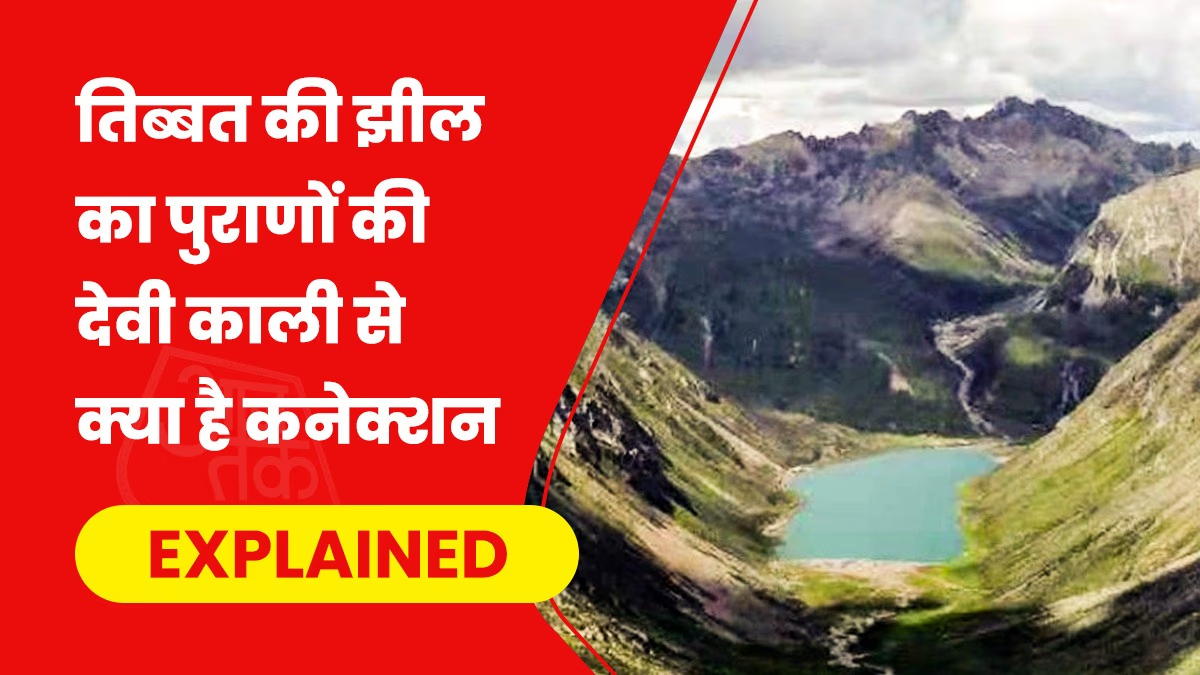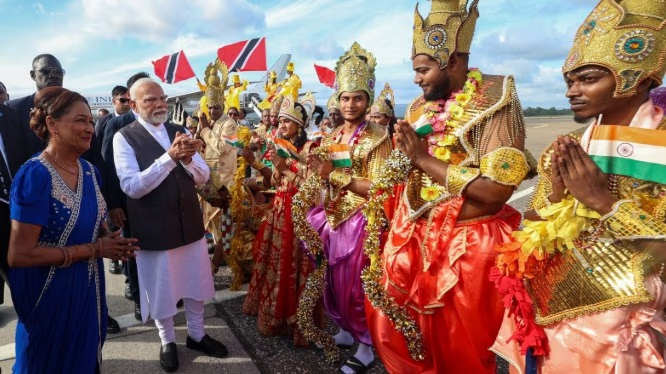The birthday of the exiled Tibetan spiritual leader, the Dalai Lama, is approaching, raising the question of his succession amidst the ongoing conflict between Tibet and China. China asserts that the successor must seek its approval, while the Dalai Lama has declared that his successor will emerge from the free world. However, who this will be remains uncertain.
This ongoing debate offers an intriguing glimpse into Tibetan Buddhism and its sacred sites. One such site is the Lhamo Latso Lake, significant within Tibetan Buddhism. Beyond its natural beauty, it holds spiritual value, serving as a life-soul center (La) for Tibetans.
The Protector Goddess of Tibet
The Tibetan tradition, more ancient than Buddhism, believes each individual, family, and nation has a "soul" called "La." This "La" resides in natural elements like mountains, lakes, and trees. If the abode of "La" suffers harm, the involved person, family, or nation experiences a direct impact. Lhamo Latso, known as the "Lake of the Soul-Empress," symbolizes the life and spirit of Tibet. The lake is guarded by Palden Lhamo, Tibet's protector goddess.
Numerous authors have explored the spiritual significance of Lhamo Latso. Author Keith Dowman, in his book "The Power-Places of Central Tibet: The Pilgrim's Guide," writes that this lake is the sacred abode of Tibet's protector goddess, Palden Lhamo. Known as "Lhamo Latso" or "Lake of the Life-Soul," it is associated with Palden Lhamo's specific manifestation, Gyelmo Makzorma (the victorious goddess who defeats enemies). Palden Lhamo also connects with the Indian goddess Kali, the consort of Lord Shiva. This lake known as Palden Lhamo Kalidevi, highlights the blend of Indian and Tibetan traditions. Lhamo Latso is immensely significant to the Dalai Lamas.
For the Dalai Lamas, it is also called the "Lake of the Soul." Most Dalai Lamas have made pilgrimages here at least once in their lifetime, especially after completing their Geshe examination and before assuming political duties. It is believed that the lake can provide insights into future events, careers, and the manner of one's death. Moreover, it plays a critical role in the search for the reincarnation of the Dalai Lama.
Vital Role in Finding the Dalai Lama
Regents, tasked with searching for the reincarnation of the Dalai Lama, would visit this lake to obtain visions regarding its location and nature. Even today, pilgrims from various parts of Tibet travel to this lake to catch a glimpse of their country's and personal future.
Tsepong W.D. Shakabpa, in his book "Tibet: A Political History," writes about the lake:




